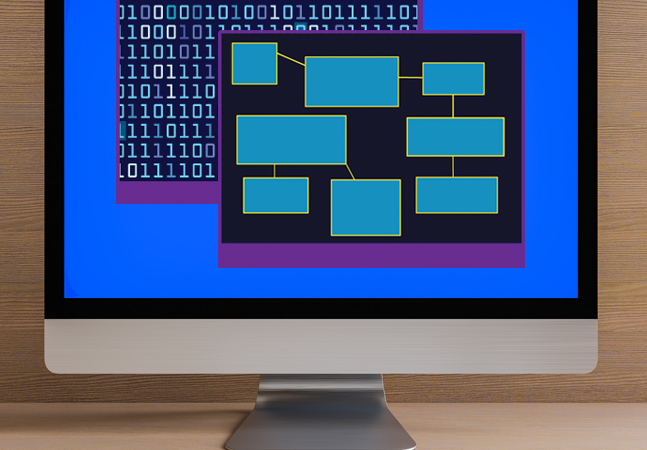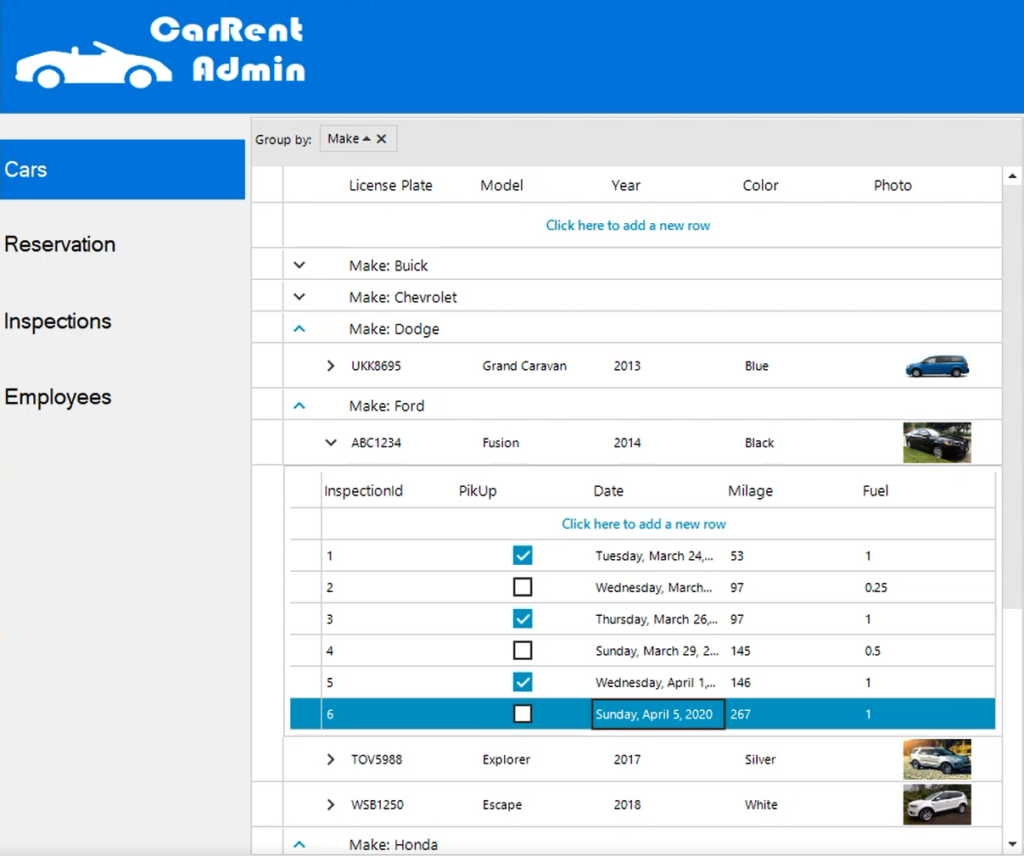
- #Windows form application visual studio 2019 code#
- #Windows form application visual studio 2019 windows#
#Windows form application visual studio 2019 windows#
My introductory textbook (in German) teaches C++ from the scratch, using C++ Windows forms. Of course, you can also write serious C++ applications. Since the programs are not restricted to a simple console for user interaction, they are more attractive, more flexible and much easier to use. NET Core 3.1, it did not include the Application Framework library and WinForms Designer. NET Core has had Visual Basic since the first release, and WinForms since it was released in. Visual C++ for Windows Forms has nearly all standard C++ (C++11/C++14/C++17) language features. Visual Studio 16.8 includes the Windows Forms Designer, so Visual Basic is ready for you to migrate existing applications or create new applications. The programming language is C++ for the business logic and C++/CLI (a C++ dialect) for the graphical user interface.Ĭ++ Windows Forms projects are great for learning C++. Applications created by such projects have a graphical user interface.Ĭ++ Windows forms projects are an easy way to create programs with a graphical user interface in C++. If you close the Designer Toolbox window, choose View | Tool Windows | Designer Toolbox from the menu to open it.This extension extends Visual Studio 2019 by C++ Windows Forms projects. To load component assemblies from disk, click Add in the left part of the dialog and pick the desired assembly. All components from Global Assembly Cache and installed NuGet packages will be available for selection automatically. To add add custom components to the toolbox, click Manage Components and then select the desired components there. Use Ctrl+X, Ctrl+C, paste Ctrl+V shortcuts to cut, copy, and paste components within the canvas and also between multiple Windows Forms items.īy default, the Designer Toolbox window lists standard Windows Forms components. For example, it will add the Click event handler for a button. Use the property grid and the event list to manipulate available properties like Text, Items, and Fonts, and subscribe to available events.ĭouble-click the component to add the default event handler. Use its adorners to move and resize the selected components.

If you decide not to add the component that you clicked, click the Pointer item in the components view. When working in the designer view, you can select the desired component in the Designer Toolbox and then without dragging it, draw a rectangle area on the canvas where the component should be added.

#Windows form application visual studio 2019 code#
Use the Designer and Code tabs at the bottom of the editor. Press Shift+F7 to switch to the designer and F7 to view the source code. Switch between the designer and the source code When you double-click a Windows Form item, it opens in a new editor tab and additionally opens the Designer Toolbox window. Windows Forms items are displayed with the corresponding icons in the Solution Explorer tree: You will be then able to select one of the Windows Forms templates - Windows Form, User Control, or Component.

To add a new Windows Form item, right-click the project in the Solution Explorer and choose Add. You can add Windows Forms items in any project which have a reference to. or add a new project to the existing solution by right-clicking the solution or solution folder node in the Solution Explorer, and choosing Add | New Project.Ĭhoose Desktop Application project template and then Desktop Application as the project type. Visual Studio 2012 still accepts the Windows Forms Designer generated code in the.

You can create a new project in a new solution using File | New. If your project includes Windows Forms, you can use JetBrains Rider's visual Windows Forms designer and also create new Windows Forms projects. Currently it is only working for C# projects. Since Windows Forms designer relies on and integrates with Windows-specific components, it is available only on Windows.


 0 kommentar(er)
0 kommentar(er)
